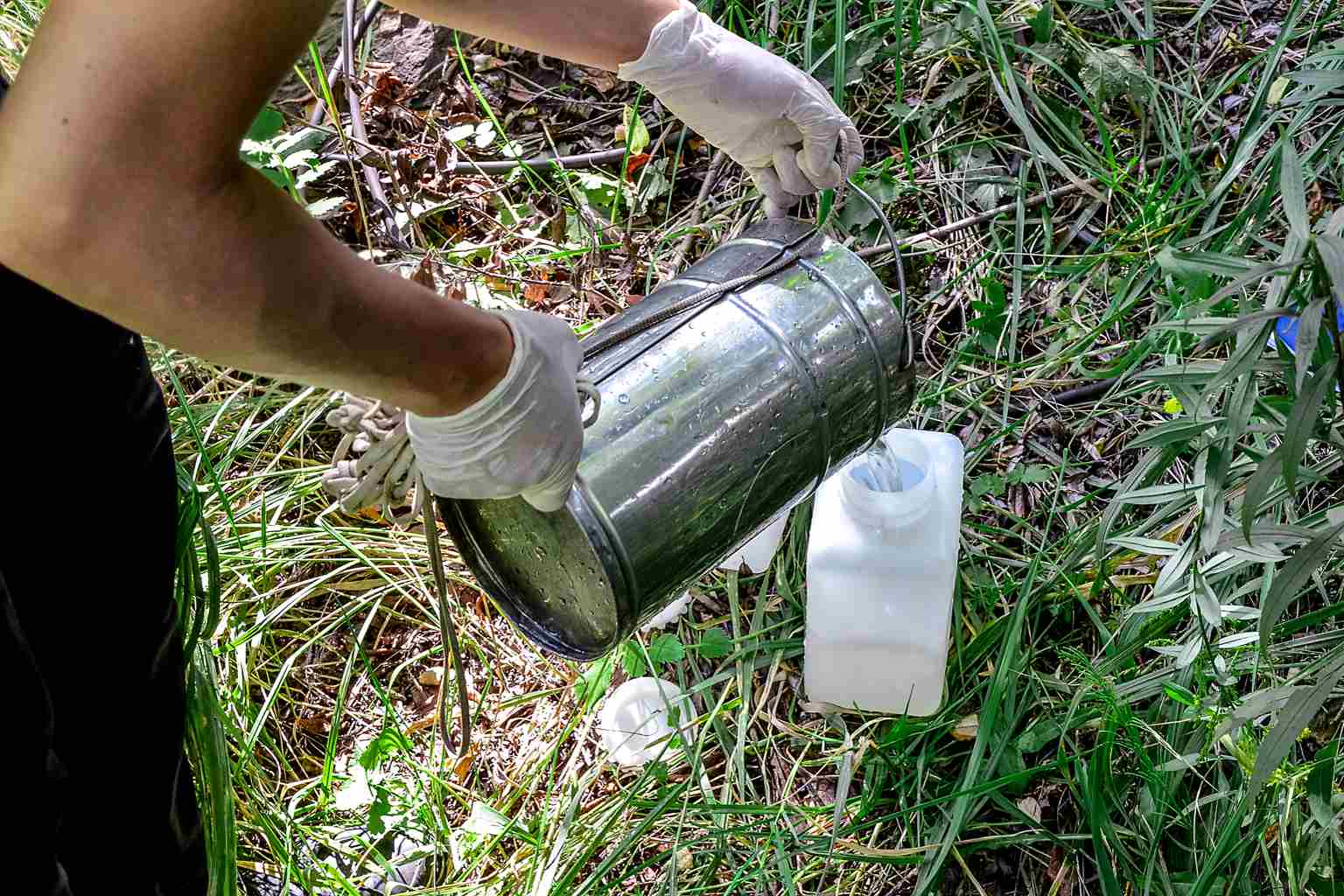Weeds can feel like an unstoppable force in the garden, quietly taking over every patch of soil. If you’re tired of spending a fortune on chemical sprays that harm the environment and your wallet, there’s a better way. A homemade weed killer that is both powerful and economical can give you the upper hand, clearing unwanted plants without harsh chemicals.
This method doesn’t just save money—it’s kinder to your garden and the world around it. Let me share my trusted recipe and tips so you can fight weeds with confidence and care.
Why homemade weed killer stands out
Using a homemade weed killer means you’re skipping the toxic ingredients found in many commercial products. Store-bought sprays often contain harmful chemicals that can negatively affect soil health, nearby plants, pets, and even you. Making your own cleaner, greener spray with simple ingredients protects your garden’s delicate balance.
Another bonus: you can precisely control where and how you apply it. Unlike many broad-spectrum herbicides, this recipe attacks only the weeds you want to eliminate, reducing accidental harm to your favorite flowers or veggies. Plus, it costs just a few dollars to whip up enough spray to cover a large area. It makes you feel like a true garden warrior, equipped with natural tools.
Ingredients you will need to make an ultra-effective weed killer
Gather these household staples to create your potent natural spray:
– 1 gallon of white vinegar (5% acidity)
– 1 cup of Epsom salt or regular salt
– 1 tablespoon of liquid dish soap (biodegradable preferred)
These items are likely sitting in your kitchen or pantry already. White vinegar is the star here—its acidic nature dries out plant tissue quickly. The salt acts like a natural dessicant, pulling moisture from the leaves and roots, making the spray even more lethal to stubborn weeds. The dish soap helps the mixture stick to leaves instead of sliding off.
Preparing and using your homemade weed killer safely and effectively
Mix the vinegar and salt in a large container until the salt dissolves completely. Then add the dish soap gently to avoid creating too many bubbles while stirring. Pour your mixture into a spray bottle for easy application.
Apply the solution on a dry, sunny day—ideally in the mid-morning or early afternoon. Sunlight boosts the killing power by accelerating dehydration in the plants. Spray directly onto the weed leaves, avoiding any desirable plants nearby to prevent damage.
Be mindful of the wind direction to stop the spray from drifting onto plants you want to keep. For tougher, deep-rooted weeds, you might need to reapply after a few days. This method works best on young and actively growing weeds before they spread seeds.
From my own experience, I once tried this recipe on a patch of crabgrass that quickly took over a section of my lawn. Within days, the grass browned, withered, and died without any toxic fumes or residue left behind. The relief and satisfaction of seeing my garden reclaim itself made the effort truly worth it.
Tips and precautions for using natural weed killers in your garden
Though this homemade weed killer is safer than many store products, it is still a strong mix that can affect the soil’s quality if overused. Avoid spraying in areas where you plan to grow food or delicate plants right after treatment.
Rinse tools and gloves thoroughly after use, and keep the spray away from pets and children. Always wear protective gear like gloves and glasses when applying to avoid skin or eye irritation.
Also, remember that natural solutions may take a little longer to work than synthetic herbicides. Patience is key—often one or two treatments spaced out over a week are enough to clear most weed problems.
Weeds can be relentless, but now you can fight back with a homemade, effective, eco-friendly weed killer that’s easy on your wallet and the planet. Have you ever made your own garden sprays? What tricks or recipes have you found effective? Share your experiences or questions in the comments below and let’s help each other grow greener thumbs!
